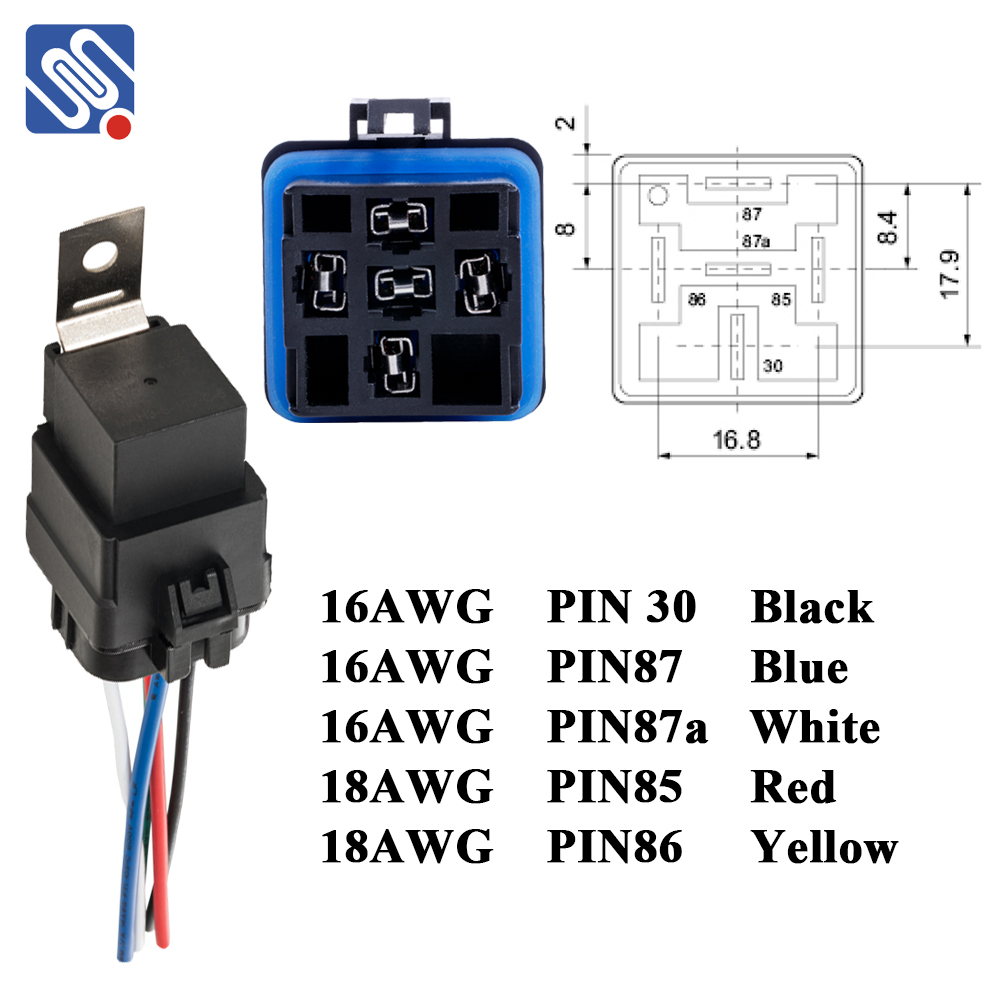understanding relay wiring: a guide to properly wiring relays in your electrical system
Release time:2025-10-17 08:07:57
Relays are indispensable components in many electrical systems, acting as an intermediary between a low-power control circuit and a high-power load. Understanding relay wiring is essential for engineers, electricians, and hobbyists alike, as it allows them to design and implement electrical systems safely and effectively. This article will guide you through the basic principles of relay wiring, its components, and its common applications.

What is a Relay?
A relay is an electrically operated switch that uses a small current to control a larger current. It consists of a coil, a set of contacts, and an armature. When the coil is energized, it creates a magnetic field that moves the armature, which in turn opens or closes the contacts. This action either allows or interrupts the flow of electricity to the connected load.
Relays are often used in situations where an electrical circuit needs to be controlled by a separate, low-power signal. For example, they are commonly found in automotive circuits, industrial machines, home automation systems, and more.

